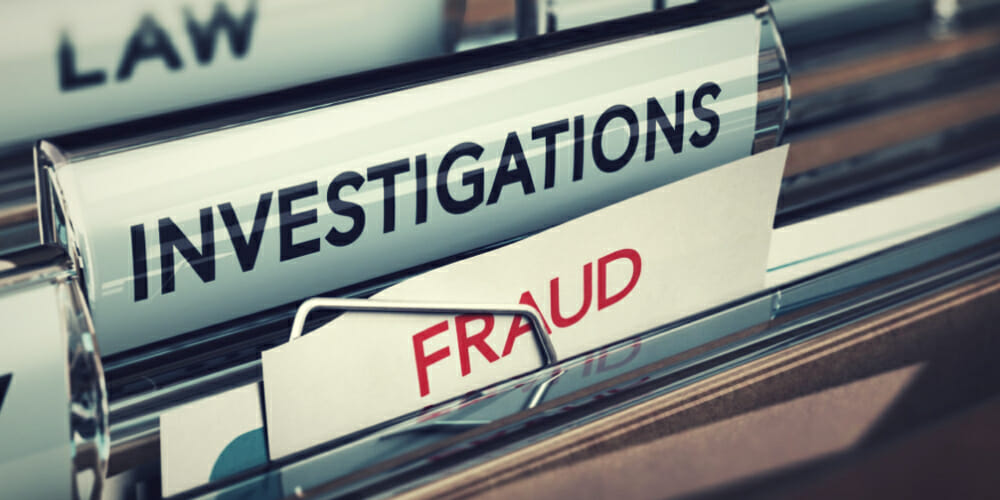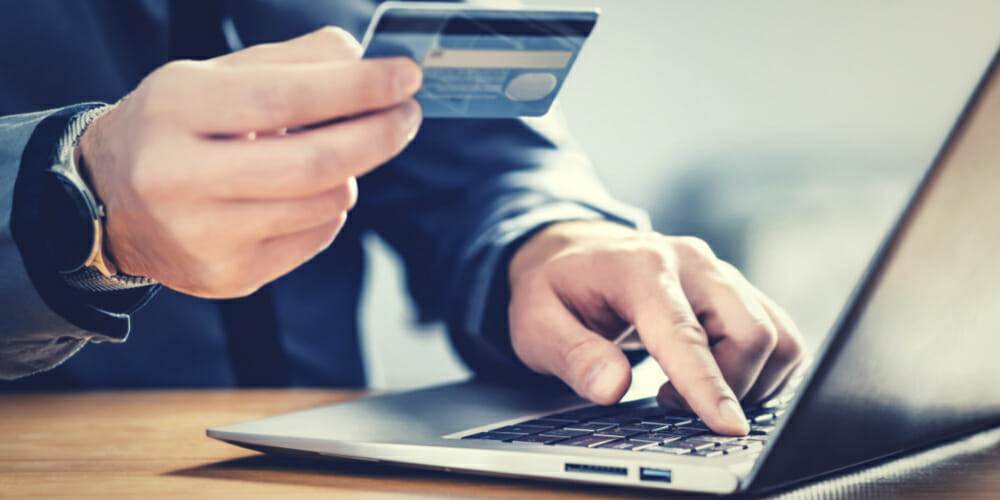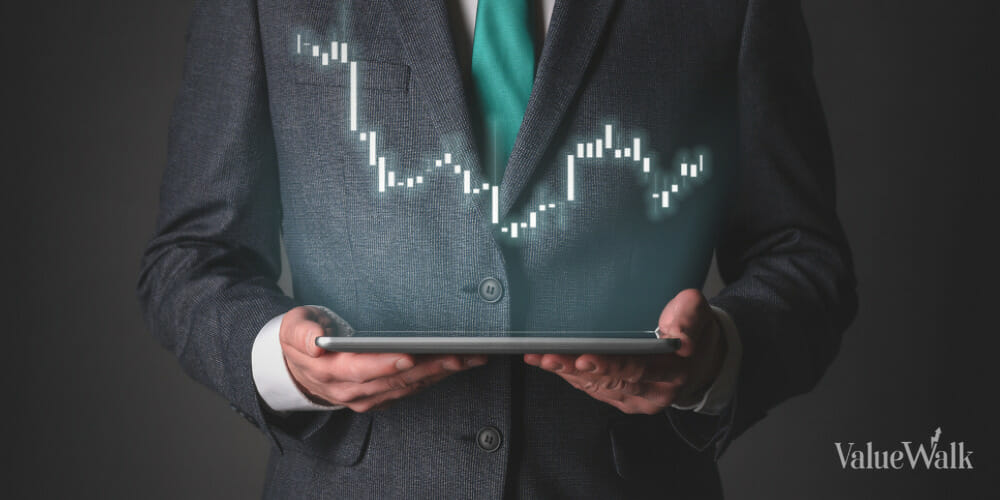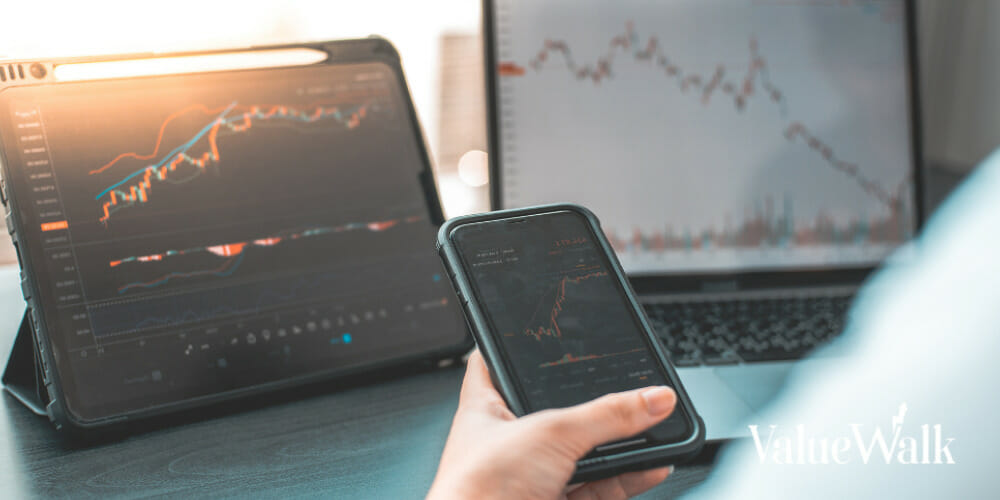If you’re like most people, you use your debit card for just about everything. From groceries to gas, there’s no need to carry around a wad of cash when you can just swipe your card and go. But what happens if someone uses your card without your permission? Can the bank find out who used it?
No, the bank cannot determine who used your debit card directly. However, if you tell the bank that you believe someone has used your card without your permission, they may be able to investigate and provide you with some information about the transaction. Additionally, if you have any other evidence to support your claim (such as security camera footage), this may help the bank in its investigation.
Here’s what you need to know if someone else is using your debit cards, what kind of repercussions could that person face? Keep reading to find out!
What is a Credit/Debit Card Scam?
A credit/debit card scam is a fraud that can happen when you use your card to purchase or withdraw cash. Scammers may try to get your card number, security code, or PIN (personal identification number) so they can use your card without your permission. They may also try to get your bank account information so they can withdraw money from your account.
If you think you’ve been a victim of a credit/debit card scam, report it to your card issuer immediately. You should also contact your local police department and file a report.
Here are some common signs that you may be a victim of a credit/debit card scam:
- You receive calls or emails from someone asking for your credit/debit card number, security code, or PIN.
- You see unauthorized transaction charges on your card statement.
You get a call from your card issuer saying there has been suspicious activity on your account.
If you think you’ve been scammed, don’t panic. There are steps you can take to protect yourself and your finances.
Types of Fraud
There are two main types of credit and debit card fraud, true fraud and friendly fraud. Let’s have a detailed look at each type:
True Fraud
There are many different types of credit and debit card fraud, but true fraud is one of the most serious. True fraud occurs when someone uses another person’s card without permission, often for criminal purposes such as identity theft or online shopping scams.
This type of fraud can be complicated to detect and cause financial damage to the cardholder. If you suspect your card has been used fraudulently, you should immediately report it to your bank or credit card company.
Friendly Fraud
Friendly fraud is one of the most common types of credit card fraud. Friendly fraud occurs when someone uses a credit or debit card to make a purchase but then disputes the charge with their bank or credit card issuer.
Often, friendly fraudsters will claim that they never received the merchandise they ordered or that it was damaged when they received it. In other cases, they may say that they were charged for a purchase they never made.
Friendly fraud is often perpetrated by people who know the credit card holder, such as family members or friends. In some cases, friendly fraudsters will use a stolen credit card to make a purchase and then dispute the charge when the cardholder realizes that the card is missing.
ATM Skimming
This is when criminals attach a device to an ATM in order to capture card information. They can then use this information to create a clone of your card and perform cash withdrawals from your account.
Card-Not-Present Fraud
This occurs when someone makes a purchase using your debit card number without having the physical card. This can happen if your card number is stolen in a data breach or if you’re tricked into giving it out (such as through phishing emails).
Counterfeit Cards
This happens when someone creates a fake debit card with your checking account information. They can then use it to withdraw money from your account or make purchases.
Identity Theft
This is when someone steals your personal information (such as your Social Security number) in order to open a new account in your name. They can then use this account to commit fraud, including using your debit card.
What Can You Do?
You should take immediate steps if you suspect any fraudulent activity on your credit or debit card. Here’s what you need to do.
Money Stolen From Bank Account
If your bank account is ever compromised and money is stolen, it’s important to act quickly. Time is of the essence when it comes to getting your money back and preventing further damage.
Here are some steps to take if you think your bank account has been hacked:
- Contact your bank immediately. If you suspect that any of your bank accounts has been hacked, the first thing you should do is contact your bank. They will be able to help you determine if there has been any fraudulent activity and take steps to protect your account.
- Change your passwords. Once you’ve confirmed that your bank account has been compromised, the next step is changing all your passwords. This includes your bank login and any other accounts that may be linked to your bank account (such as online bill pay).
- Monitor your account closely. Even after you’ve taken steps to secure your account, it’s important to continue monitoring it closely. This way, you can catch any fraudulent activity quickly and report it to your bank.
- File a police report. If you believe that your bank account has been hacked, you should file a police report. This will help to document the incident and may be helpful if you need to take legal action against the person who stole your money.
- Contact the credit bureaus. If your bank account information has been stolen, it’s important to contact the credit bureaus. This will help to protect your credit and prevent identity theft.
Taking these steps can help you if your bank account is ever hacked. You can minimize the damage and get your money back by acting quickly and taking the appropriate measures
Debit Card Used Fraudulently
If your debit card has been used fraudulently, you can do a few things to try and get your money back.
- First, you should contact your bank or credit card company as soon as possible to report the fraud. They may be able to refund your money or offer you a new card.
- You should also file a police report so that the authorities know the situation.
- Finally, you can try to work with the merchant account where the fraud occurred to get a refund or compensation. If you take these steps, you may be able to get your money back and prevent further fraud.
Credit Card Used Fraudulently
If your credit card is used fraudulently, you can do a few things to mitigate the damage and protect yourself.
- First, immediately notify your credit card issuer of the fraudulent activity. This will help them flag the account and begin their investigation.
- Second, file a police report if the fraudulent charge are significant. This will create a paper trail to help dispute the charges with your credit card issuer.
- Finally, keep all documentation related to the fraud, including any correspondence with your credit card issuer or the police. This will be important if you need to take legal action to resolve the issue.
Someone Applies for Credit/Opens a Bank Account in Your Name
If you find that someone has applied for credit or opened a bank account in your name, it is important to act quickly. Here are some steps you can take:
- Contact the credit reporting agencies.
- Contact the lender or bank.
- File a police report.
- Notify the Federal Trade Commission.
- Place a fraud alert on your credit report.
- Review your credit report for any unauthorized transactions activity.
- Take steps to protect your identity in the future.
How Does a Bank Process a Fraud Claim?
When a customer reports a fraudulent transaction, the bank has to take several steps to determine what happened and how to resolve the situation best. This process can be complicated, especially if the fraud is sophisticated or involves multiple transactions.
Gather Information
The first step is to gather information about the incident. The bank will need to know what fraud was committed and how much money was involved. The customer will also need to provide any supporting documentation that they have, such as a police report or email correspondence with the scammer.
Start Investigation
Once the bank has all of the necessary information, it will start its investigation. This may involve contacting the merchant where the transaction took place, checking the customer’s account history, or reviewing security footage. The goal of the investigation is to determine how the fraud happened and who was responsible for it.
Determine The Solution
Once the bank has finished its investigation, it will determine how to resolve the situation. You may be eligible for reimbursement from your bank if the customer is found innocent; the bank will refund the money and take steps to prevent future fraud. If the customer is found to be responsible, the bank may charge them for the fraudulent transaction or close their account.
The process of resolving a fraud claim can be complex and time-consuming. However, banks must take these claims seriously and investigate them thoroughly in order to protect their customers and their own interests.
Bank Fraud Investigation
Banks use several methods to track down fraudsters and investigate potential fraud. Some of the most common methods include tracking, email tracing, data mining, social media monitoring, and hiring private investigators.
Tracking
Regarding investigating bank fraud, tracking is one of the most important aspects. This is because it can help you determine how the fraud was committed, who was responsible, and what assets were involved.
There are a few different ways that you can track bank fraud. One is through financial statements. You can also use surveillance techniques like GPS tracking or video surveillance. Another way to track bank fraud is through interviews. This can be done by interviewing employees, customers, or witnesses.
Email Tracing
Email tracing is another valuable tool for investigating bank fraud. By tracing the IP addresses associated with an email account, investigators can often pinpoint the location of the person behind the account. This can be helpful in identifying potential witnesses or victims, as well as in tracking down the suspect.
Email tracing can also be useful in identifying patterns of fraudulent activity. For example, if a number of different banks fraud cases involve email accounts with similar IP addresses, that could signify that the same person or group is behind all the crimes. By tracking down the source of the IP addresses, investigators may be able to prevent future bank fraud incidents.
Data Mining
Data mining is the process of extracting data from large data sets to find patterns and trends. This data can be used to investigate potential cases of fraud. Banks often use data mining to look for patterns of fraudulent activity, such as unusually high levels of activity in certain accounts or sudden changes in spending patterns.
Social Media Monitoring
Social media monitoring is another common method that banks use to track down fraudsters. By monitoring social media platforms, banks can look for signs of criminal activity, such as posts about engaging in illegal activities or bragging about committing fraud.
Hire Private Investigators
Banks also often hire private investigators to help track down fraudsters and investigate potential fraud cases. Private investigators can use various methods to find information about potential suspects, such as conducting background checks, surveillance, and interviews.
Banks can track fraudsters and investigate potential fraud cases using these and other methods. These investigations can help banks recover losses and prevent future incidents of fraud.
Bank Investigation Results
When a bank investigates fraudulent activity, it results in victim reimbursement and claim rejection.
Victim Reimbursement
You may be eligible for reimbursement from your bank if you are a fraud or identity theft victim. To begin the process, you must file a claim with your bank. Once your claim is received, the bank will investigate the matter and determine if you are eligible for reimbursement.
If you are the victim of a bank-related crime, you may be entitled to reimbursement for your losses. The Federal Deposit Insurance Corporation (FDIC) has a program in place to help victims of bank-related crimes get their money back.
Here’s how it works:
- You must file a report with the FDIC.
- The FDIC will investigate the report and determine if there was any wrongdoing on the part of the bank.
- If the FDIC finds that the bank was at fault, they will issue a reimbursement to you for your losses.
- You must then sign an agreement with the FDIC to receive the reimbursement.
- The FDIC will send you the reimbursement via check or direct deposit.
It is important to note that the FDIC’s reimbursement program is not available for victims of unbank-related crimes. For example, if you are a victim of identity theft, you will not be eligible for reimbursement through the FDIC.
Claim Rejection
If your claim is rejected, you may appeal the decision. To do so, you will need to provide additional information or documentation to support your claim. Once your appeal is received, the bank will review your case and render a final decision. If you are still unsatisfied with the outcome, you may file a complaint with the Consumer Financial Protection Bureau.
If a bank investigation shows that a claim is invalid, the claim will be rejected, and the customer will be notified. The customer may appeal the rejection by providing additional documentation or information to support the claim.
FAQs
Can the Bank Find Out Who Used My Debit Card?
No, the bank cannot determine who used your debit card immediately. However, if you report the unauthorized use of your card to the bank, they may be able to investigate and determine who made the transaction. Plus, if you have any other information about the unauthorized use (such as the location or time of the transaction), this may also help the bank investigate.
What are Red Flags for Suspicious Activity?
A few key things to look out for may indicate suspicious activity on your credit card, debit card, or bank account. First, check for any unusual or unexpected charges. Additionally, keep an eye out for strange or unfamiliar transactions, especially if they are large in amount.
Finally, be on the lookout for any communications from your financial institution that seem out of the ordinary. If you receive an email, text, or call that doesn’t feel right, be sure to contact customer service to confirm that it’s legitimate.
Can Banks Track IP Address?
Yes! Banks can track IP addresses in a number of ways. For instance, when you log into your online banking account, the bank can see your IP address. Additionally, if you make any transactions using your bank card, the bank will also be able to see the IP address associated with that transaction. Finally, if you provide your bank with your IP address, they can use it to track your online activity.
How Much Trouble Can You Get in for Using Someone Else’s Debit Card?
You could face serious consequences if you use someone else’s debit card without their permission. Depending on your state, you could be charged with a misdemeanor or even a felony. You could also look at fines up to $1,000 and up to one year in the county jail. So it’s definitely not worth it to take someone’s debit card and use it without their permission.
If you’re caught, you’ll face serious consequences that could impact your life. So think twice before you use someone else’s debit card without their permission.
Conclusion
So, can the bank find out who used my debit card? The answer is no. Banks have a variety of ways to track spending, but they typically won’t disclose how exactly they determine where purchases were made. If you’re worried about someone using your card without permission, contact your bank and ask about their fraud prevention measures. In most cases, your bank will be able to help you protect your account from unauthorized use.






